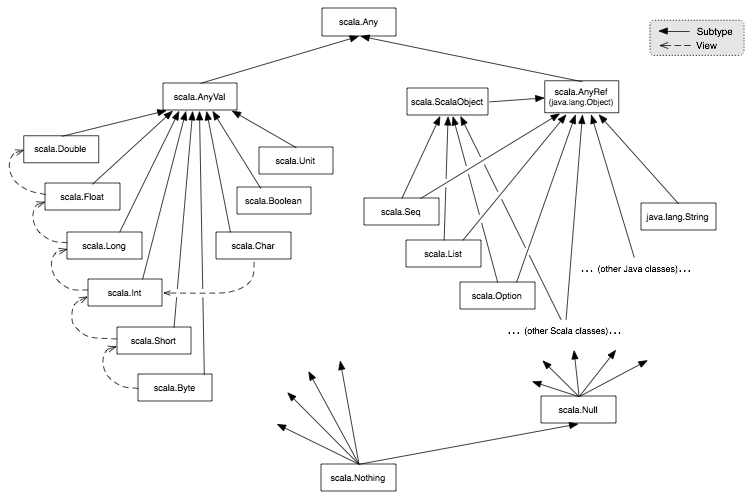I have written some implicit code as shown below, and I am wondering why the i2d function implicit conversation isn't invoked.
object Test {
implicit def i2d(x: Int): Double = {
println("foo")
x.toDouble
}
implicit def d2i(x: Double): Int = {
x.toInt
}
val x: Int = 10
val y: Double = x
val z: Int = 3.5
}
The output of scalac -Xprint:typer Test.scala
// Test.scala
[[syntax trees at end of typer]]
package <empty> {
object Test extends scala.AnyRef {
def <init>(): Test.type = {
Test.super.<init>();
()
};
implicit def i2d(x: Int): Double = {
scala.this.Predef.println("foo");
x.toDouble
};
implicit def d2i(x: Double): Int = x.toInt;
private[this] val x: Int = 10;
<stable> <accessor> def x: Int = Test.this.x;
private[this] val y: Double = Test.this.x.toDouble;
<stable> <accessor> def y: Double = Test.this.y;
private[this] val z: Int = Test.this.d2i(3.5);
<stable> <accessor> def z: Int = Test.this.z
}
}
Specs
- scalac version is 2.11.8.

